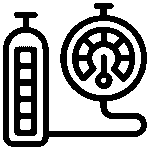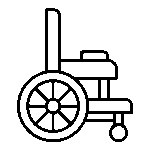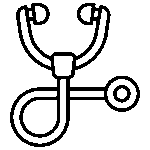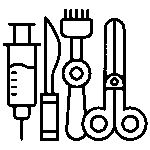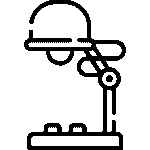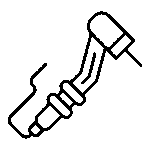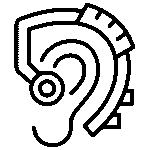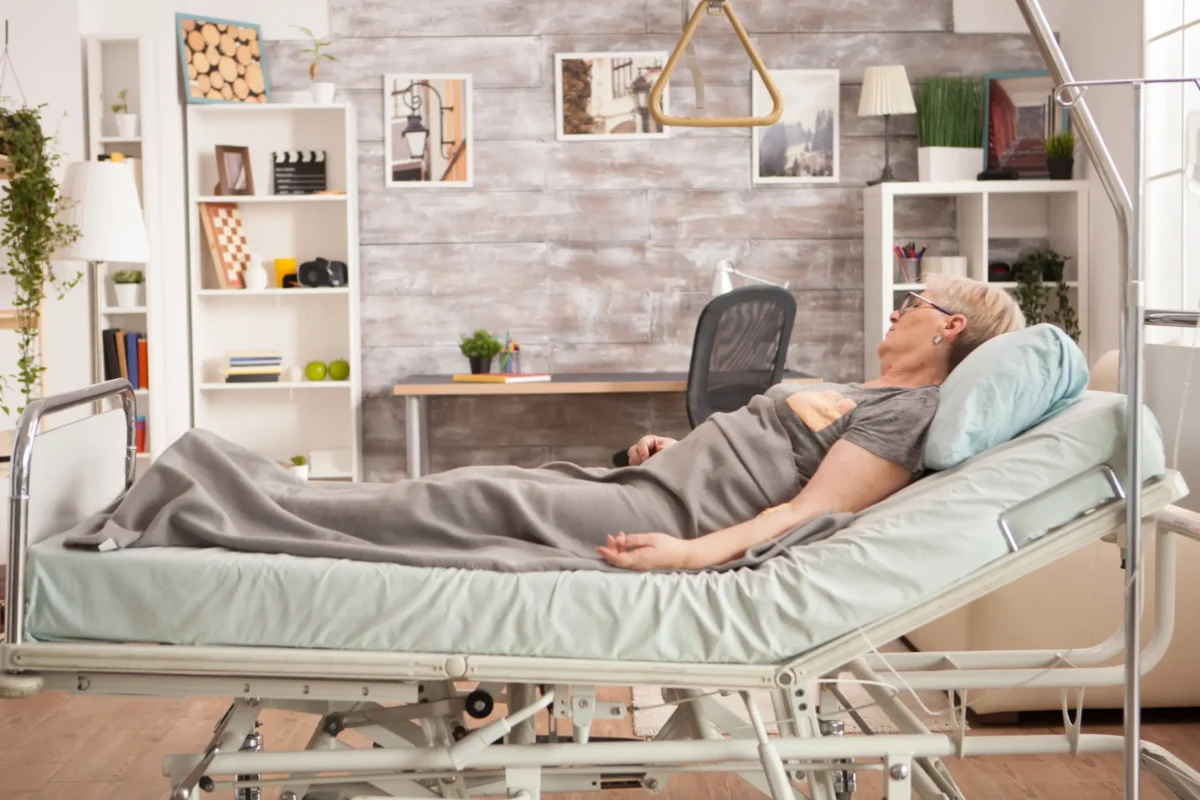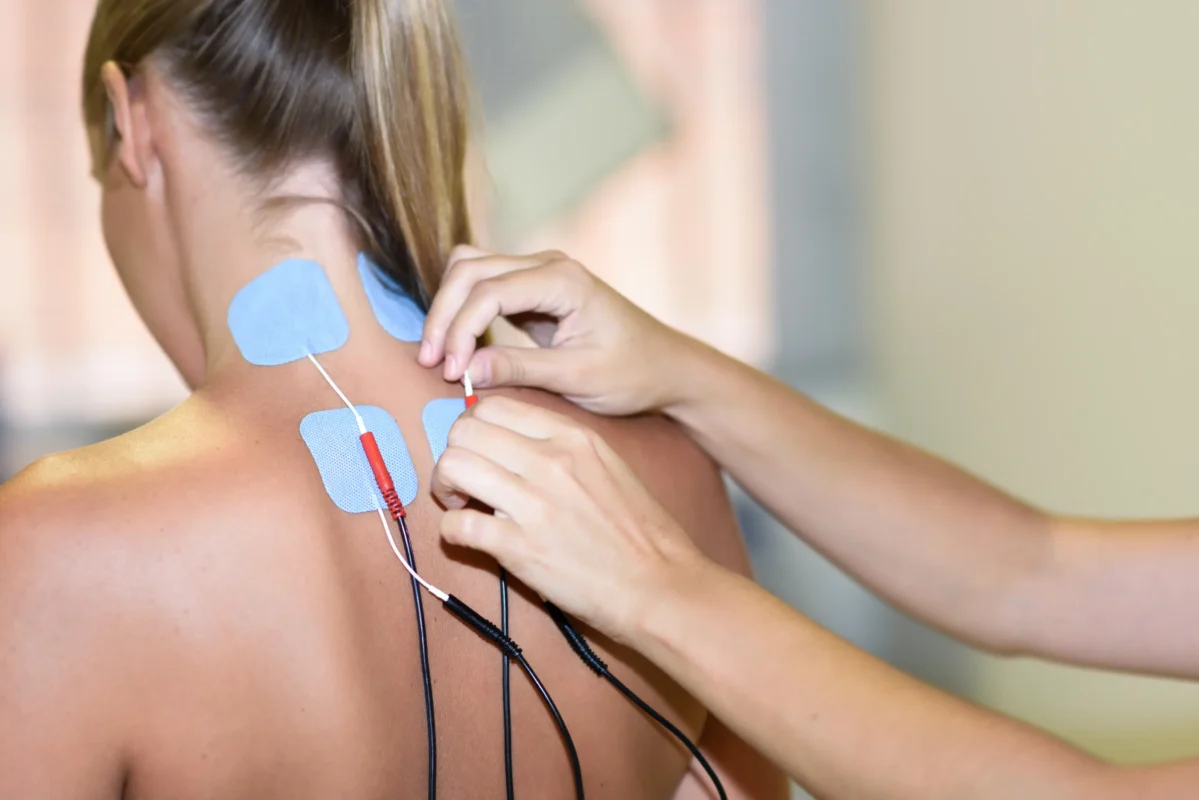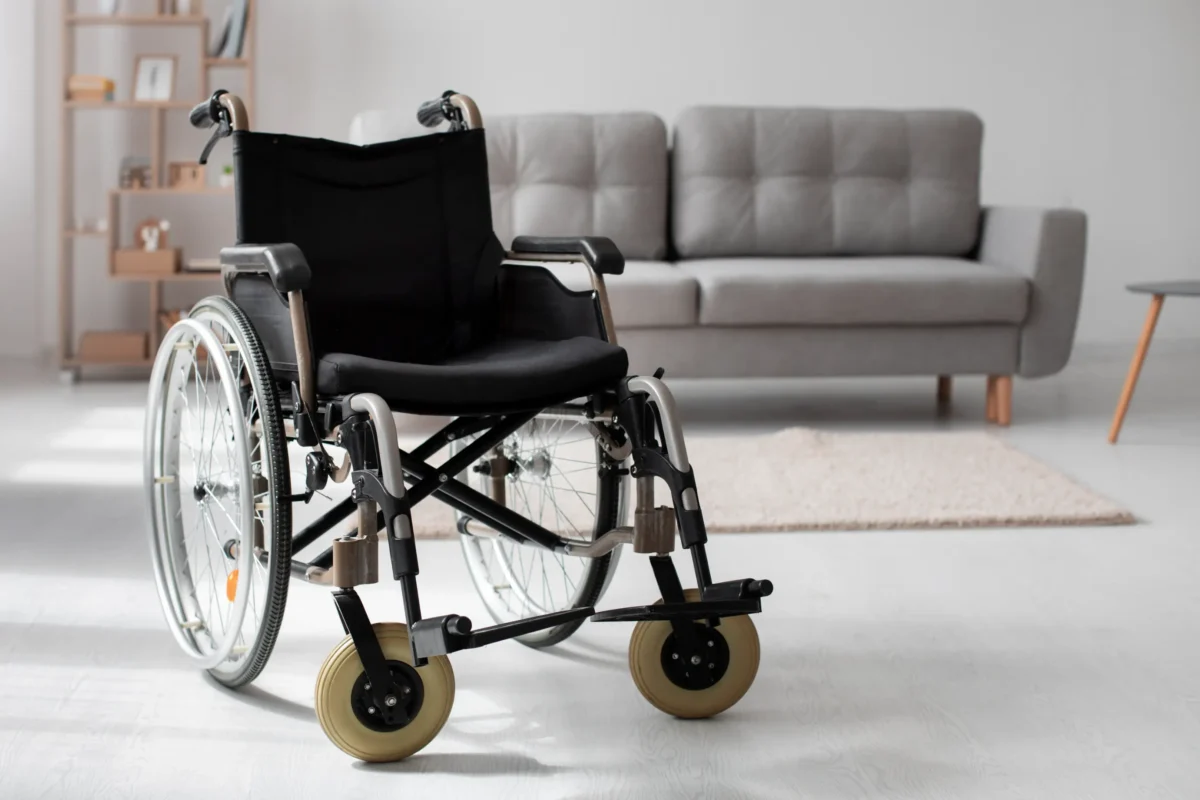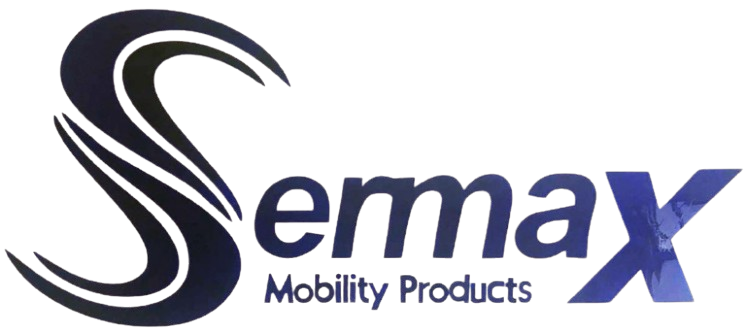Blog
Blogs
The Supplier Vetting Checklist: 7 Questions Hospitals Must Ask Before Buying Equipment in Bangladesh
- Posted by admin
- On

The procurement of medical equipment, especially high-value assets like advanced imaging devices or full surgical theater setups, is a critical investment in patient safety and institutional finances. In the complex Bangladeshi market, selecting the right supplier requires meticulous due diligence that goes far beyond checking the price tag.
The 7-Point Compliance and Support Checklist:
- Verify DGDA and Regulatory Compliance: The most critical step. Insist on seeing the supplier’s current business license and specific Directorate General of Drug Administration (DGDA) registration for the particular device model you intend to purchase. Non-compliant equipment risks seizure, fines, and—most importantly—patient harm. Also, confirm the device holds mandatory international certifications (CE Mark or FDA approval) relevant to its class.
- Evaluate After-Sales Technical Infrastructure: Ask about the technical team’s training credentials. Does the supplier employ biomedical engineers, or just general technicians? What is their guaranteed response time for emergency repair requests? Companies like Moon-E-Meen Ltd. must demonstrate a local workshop facility and reliable access to original manufacturer spares.
- Inventory and Spares Availability: Ensure the supplier maintains a reliable local stock of frequently replaced components (like oxygen filters, digital monitor probes, or CPAP masks). Long lead times for essential parts can paralyze a department.
- Confirm Training and Commissioning Protocols: Does the purchase price include comprehensive on-site training for the staff who will operate the equipment? This is crucial for maximizing efficiency and preventing user-related errors, especially with complex equipment provided by suppliers like Techno Health.
- Request Local Case Studies and References: Ask for contact details of three local hospitals or diagnostic centers that have been using the exact model you are buying for at least two years. Direct feedback on longevity and service performance is invaluable.
- Clarify Total Cost of Ownership (TCO): Go beyond the sticker price. Obtain a clear breakdown of installation fees, required accessories, annual service contract costs (CMCs), and the warranty duration. A lower initial price may hide high long-term maintenance costs.
- Review Warranty and Loaner Policies: Understand precisely what the warranty covers (parts, labor, travel). For critical equipment, confirm the supplier’s policy on providing a loaner machine during major repairs, minimizing service interruption.
By adhering to this rigorous vetting checklist, healthcare facilities can secure certified, high-quality equipment and establish a robust, long-term partnership with a trustworthy supplier.

